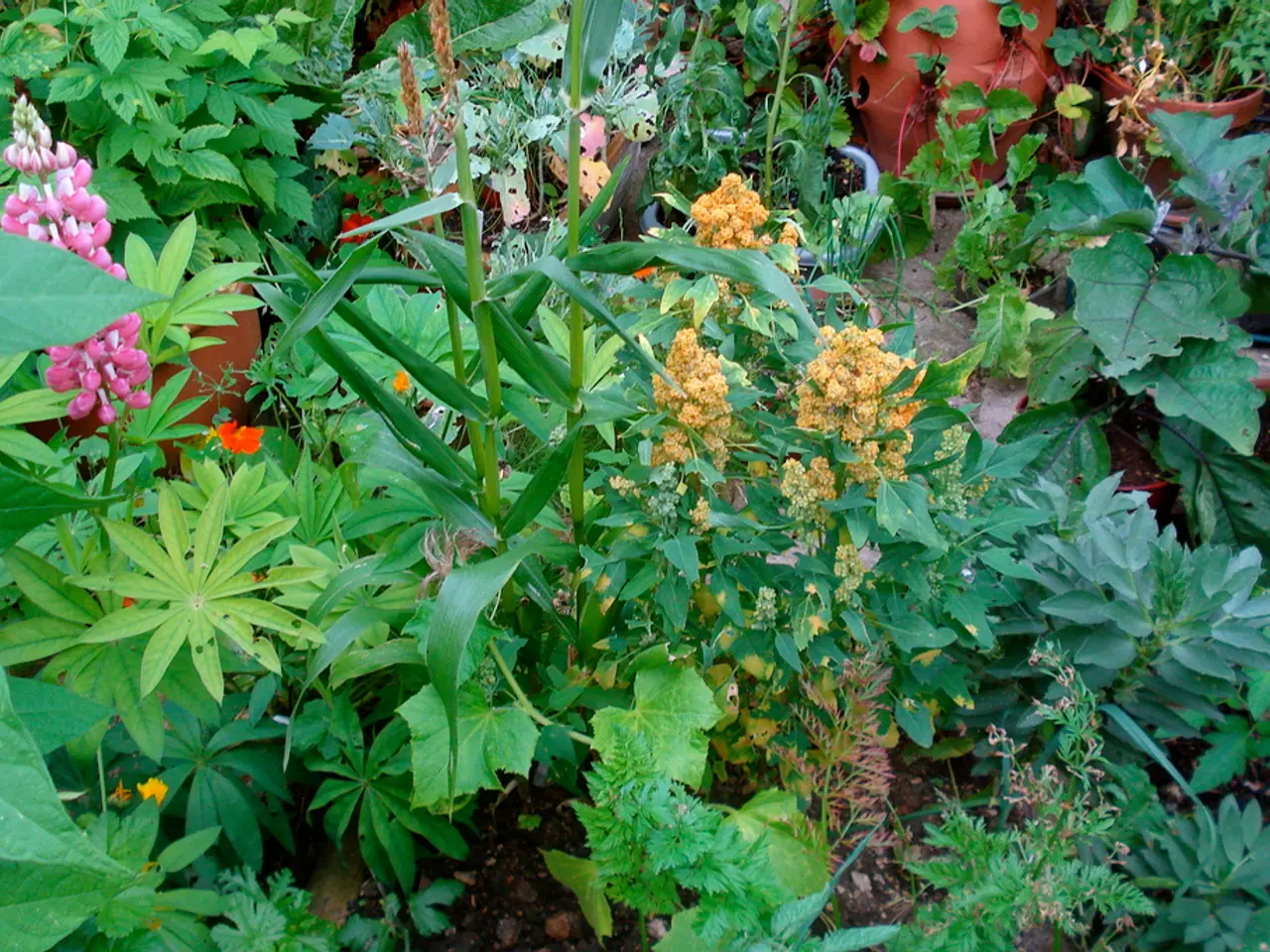Cultivating Daffodils: A Comprehensive Guide
Daffodils, scientifically known as Narcissus, are a popular choice for container gardens due to their bright blossoms and lovely aroma. These hardy flowering plants can be found in various colours, from yellow and white to pink and salmon.
To successfully grow and maintain daffodils in a container garden, follow these key steps:
Choosing the Right Container
Select a clean pot with good drainage holes to prevent waterlogging. Larger pots help insulate bulbs from freezing and retain moisture more evenly. A container deep enough to accept a few inches of soil is essential for the bulbs to thrive.
Preparing the Potting Mix
Use a well-draining, nutrient-rich potting mix. Fresh potting soil mixed with organic compost is ideal. Avoid reusing old soil unless supplemented with bulb fertilizer to reduce disease risk. The potting mix must be able to drain freely while maintaining moisture.
Planting the Bulbs
Place daffodil bulbs pointed-end up, at a depth about two to three times their height. Plant bulbs closely but with about half an inch space between each for good growth and bloom density. A 1-inch gap should be maintained between the bulb and the pot's rim.
Providing a Cold Period
Daffodils need cold exposure to bloom properly. Keep the potted bulbs outdoors during cold months, ensuring temperatures stay above 28–30°F. If temperatures drop too low, move pots indoors temporarily.
Watering and Lighting
Water thoroughly after planting, then maintain consistent moisture but avoid soggy soil. During hot summer months, containers may require watering once or twice daily due to faster drying, especially if pots are porous like terracotta. Position containers to receive the proper amount of light. Once green shoots appear, move pots to a bright spot with at least 6 hours of direct sunlight for optimal flowering.
Fertilizing and Post-Bloom Care
Begin fertilizing with a slow-release or water-soluble fertilizer as blooms emerge, and continue feeding through the flowering season to encourage vibrant blooms. Let the foliage die back naturally after flowering to store energy for the next season. At this stage, bulbs can either be replanted in the garden or remain dormant in the pot, watered minimally until new growth resumes in fall.
Caring for Daffodils in Containers
By following these practices—proper potting, planting depth, watering, fertilizing, and seasonal care—you can successfully grow and maintain vibrant daffodils in container gardens year after year.
When flowering becomes sparse or the clumps get congested, lift and divide them. To get rid of the dead plants, either cut them off at the base or twist and pull the leaves gently. Smaller varieties of daffodils, known as 'Tete-a-Tete', thrive in containers.
Daffodils are suitable for balconies and container gardening, but remember that they prefer chilly temperatures and some light shade to maintain a good balance of light and temperature. After the flowering is completed, relocate the container to another spot where it can fade and dry.
Add bonemeal to the soil after the daffodils have faded for next year's flowers. In dry spring weather, water late-flowering daffodils. Too much heat can cause the shoots to be floppy and leggy. When the leaves grow but the plants do not blossom, this is known as 'daffodil blindness.'
By understanding and implementing these tips, you can enjoy the beauty of daffodils in your container garden for years to come.
- To effectively grow and maintain daffodils in a container garden, select a pot with good drainage holes and suitable size that allows for a few inches of soil depth.
- Prepare the potting mix using a well-draining, nutrient-rich material, such as fresh potting soil mixed with organic compost, and avoid reusing old soil without bulb fertilizer.
- Plant daffodil bulbs, with the pointed end up, at a depth of two to three times their height, ensuring proper spacing between bulbs and the pot's rim for good growth and bloom density.
- Provide a cold period by keeping the potted bulbs outdoors during cold months, ensuring temperatures stay above 28–30°F, and move them indoors temporarily if temperatures drop too low.




